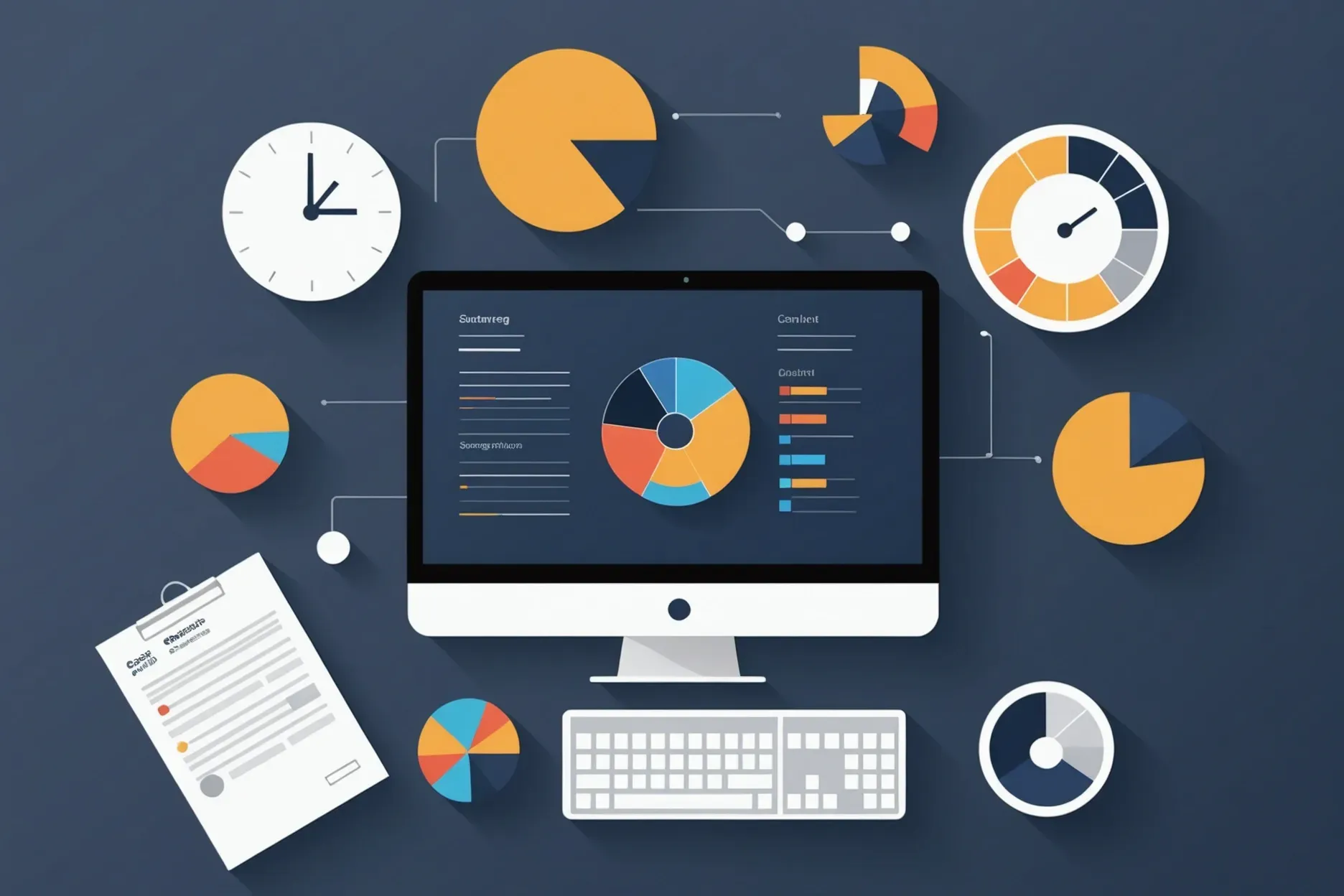Enhance Client Experience with a Robust Portal: A Game Changer!
When it comes to providing exceptional customer experience, businesses need to go above and beyond. One way to achieve this is by implementing a robust client portal. A client portal is a secure, web-based platform that allows businesses to engage with their clients and provide them with access to their account information, documents, communication, and other services. In this article, we will explore the benefits of client portals and discuss how they can enhance the client experience.
Benefits of Client Portals
Client portals offer numerous benefits that can revolutionize the way businesses interact with their clients. Let’s take a look at some of the key advantages:
1. Improved communication: A client portal provides a centralized platform for businesses and clients to communicate. It eliminates the need for lengthy email chains and phone calls, allowing for quick and efficient communication.
2. Increased engagement: By providing clients with a portal that gives them access to their account information and allows them to perform tasks such as making payments or submitting forms, businesses can significantly increase client engagement. This leads to stronger relationships and improved loyalty.
3. Enhanced security: Client portals offer a secure environment for exchanging sensitive information. They use encryption and other security measures to protect client data, reducing the risk of security breaches.
4. Streamlined processes: With a client portal, businesses can automate and streamline various processes. Clients can easily access and update their information, reducing the need for manual data entry and paperwork.
5. Reduced administrative costs: By automating processes and reducing the need for manual intervention, client portals can help businesses save on administrative costs. This allows businesses to allocate resources to other areas of their operations.
Features of Robust Client Portals
A robust client portal should offer a range of features that cater to the needs of both the business and its clients. Here are some essential features to consider:
Document management: The ability to securely store and manage documents is crucial. Clients should be able to access, upload, and download important documents, reducing the need for physical paperwork.
Messaging and collaboration: Built-in messaging and collaboration tools enable clients and businesses to communicate and collaborate in real-time.
Request management: A request management feature allows businesses to assign and track tasks, ensuring efficient workflow and timely completion of projects.
Analytics and reporting: Robust analytics and reporting capabilities provide businesses with valuable insights into client behavior and help identify areas for improvement.
Custom branding: Personalization is key to creating a seamless client experience. A client portal should allow businesses to customize the look and feel to align with their brand.
Implementing a Robust Client Portal
Implementing a robust client portal requires careful planning, resources, and time. Here are some steps to consider:
1. Select the right platform: Choose a client portal platform that aligns with your business needs. Consider factors like security, scalability, and ease of use.
2. Customize the portal: Tailor the portal to your business’s requirements. Customize the branding, layout, and features to create a seamless and intuitive user experience.
3. Integrate with existing systems: Ensure that the client portal integrates smoothly with your existing systems, such as CRM or accounting software. This allows for seamless data transfer and process automation.
4. Train staff and clients: Provide comprehensive training to your staff and clients to ensure they understand how to use the portal effectively. This will encourage adoption and maximize the benefits of the portal.
5. Regular communication: Keep stakeholders informed throughout the implementation process. Regularly communicate updates, timelines, and expectations to ensure a successful launch.
6. Test and quality assurance: Thoroughly test the portal before the launch to identify and fix any issues. Conduct quality assurance checks to ensure a smooth user experience.
7. Phased approach: Consider a phased approach to the implementation. Start with a pilot group or a specific set of features and gradually expand the portal’s functionality.
Measuring Success
Measuring the success of a client portal is crucial to optimizing its performance. Here are some key performance indicators (KPIs) to consider:
Adoption rates: Monitor the number of clients who actively use the portal. Higher adoption rates indicate a successful implementation.
User engagement: Track how frequently and how extensively clients engage with the portal‘s features. This provides insights into the portal’s effectiveness.
Customer satisfaction: Regularly survey clients to gauge their satisfaction levels. Feedback can help identify areas for improvement and enhance the client experience.
Revenue growth: Analyze the impact of the client portal on your business’s revenue. Increased client engagement and improved processes can lead to revenue growth.
Market Trends
The market for client portals is evolving rapidly, driven by changing customer expectations. Here are some market trends to consider:
Self-service options: Clients prefer self-service options that allow them to access information and perform tasks on their own terms. A robust client portal fulfills this need.
Mobile access: Mobile access is becoming increasingly important. A client portal should be mobile-friendly and responsive to meet the needs of clients who prefer to access services on their smartphones or tablets.
Personalized experiences: Clients expect personalized experiences. Custom branding and tailored features can help businesses differentiate themselves and deliver exceptional client experiences.
Investing in a robust client portal can be a game-changer for businesses. It not only enhances the client experience but also improves communication, increases engagement, streamlines processes, and reduces administrative costs. By staying ahead of market trends and continuously optimizing the portal’s performance, businesses can build long-term relationships with their clients and gain a competitive edge.


